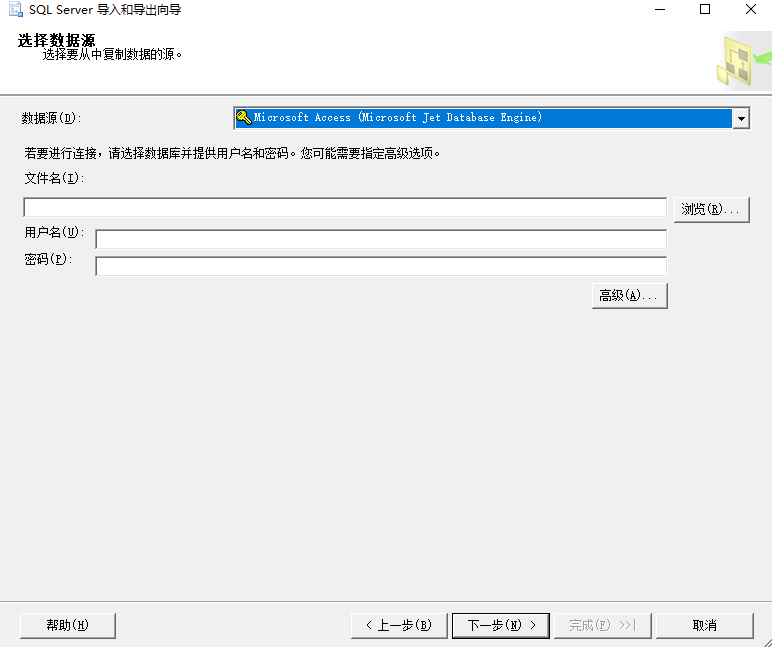For example I have simple DF:
import pandas as pd
from random import randint
df = pd.DataFrame({'A': [randint(1, 9) for x in xrange(10)],
'B': [randint(1, 9)*10 for x in xrange(10)],
'C': [randint(1, 9)*100 for x in xrange(10)]})
Can I select values from 'A' for which corresponding values for 'B' will be greater than 50, and for 'C' - not equal 900, using methods and idioms of Pandas?
Sure! Setup:
>>> import pandas as pd
>>> from random import randint
>>> df = pd.DataFrame({'A': [randint(1, 9) for x in range(10)],
'B': [randint(1, 9)*10 for x in range(10)],
'C': [randint(1, 9)*100 for x in range(10)]})
>>> df
A B C
0 9 40 300
1 9 70 700
2 5 70 900
3 8 80 900
4 7 50 200
5 9 30 900
6 2 80 700
7 2 80 400
8 5 80 300
9 7 70 800
We can apply column operations and get boolean Series objects:
>>> df["B"] > 50
0 False
1 True
2 True
3 True
4 False
5 False
6 True
7 True
8 True
9 True
Name: B
>>> (df["B"] > 50) & (df["C"] == 900)
0 False
1 False
2 True
3 True
4 False
5 False
6 False
7 False
8 False
9 False
[Update, to switch to new-style .loc]:
And then we can use these to index into the object. For read access, you can chain indices:
>>> df["A"][(df["B"] > 50) & (df["C"] == 900)]
2 5
3 8
Name: A, dtype: int64
but you can get yourself into trouble because of the difference between a view and a copy doing this for write access. You can use .loc instead:
>>> df.loc[(df["B"] > 50) & (df["C"] == 900), "A"]
2 5
3 8
Name: A, dtype: int64
>>> df.loc[(df["B"] > 50) & (df["C"] == 900), "A"].values
array([5, 8], dtype=int64)
>>> df.loc[(df["B"] > 50) & (df["C"] == 900), "A"] *= 1000
>>> df
A B C
0 9 40 300
1 9 70 700
2 5000 70 900
3 8000 80 900
4 7 50 200
5 9 30 900
6 2 80 700
7 2 80 400
8 5 80 300
9 7 70 800
Note that I accidentally typed == 900 and not != 900, or ~(df["C"] == 900), but I'm too lazy to fix it. Exercise for the reader. :^)
Another solution is to use the query method:
import pandas as pd
from random import randint
df = pd.DataFrame({'A': [randint(1, 9) for x in xrange(10)],
'B': [randint(1, 9) * 10 for x in xrange(10)],
'C': [randint(1, 9) * 100 for x in xrange(10)]})
print df
A B C
0 7 20 300
1 7 80 700
2 4 90 100
3 4 30 900
4 7 80 200
5 7 60 800
6 3 80 900
7 9 40 100
8 6 40 100
9 3 10 600
print df.query('B > 50 and C != 900')
A B C
1 7 80 700
2 4 90 100
4 7 80 200
5 7 60 800
Now if you want to change the returned values in column A you can save their index:
my_query_index = df.query('B > 50 & C != 900').index
....and use .iloc to change them i.e:
df.iloc[my_query_index, 0] = 5000
print df
A B C
0 7 20 300
1 5000 80 700
2 5000 90 100
3 4 30 900
4 5000 80 200
5 5000 60 800
6 3 80 900
7 9 40 100
8 6 40 100
9 3 10 600



